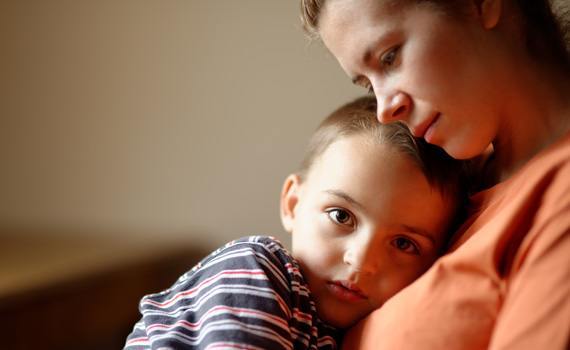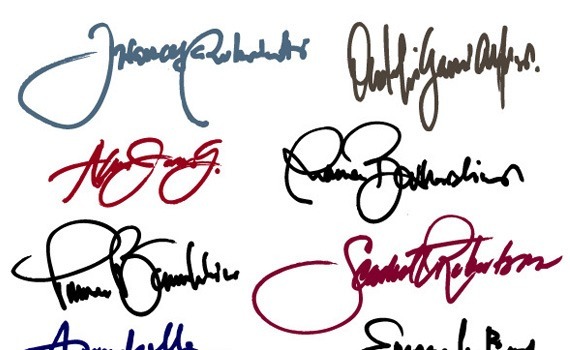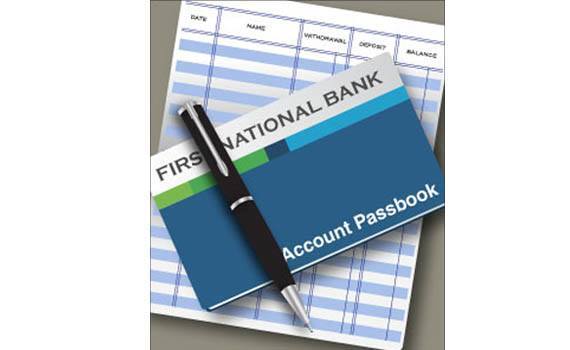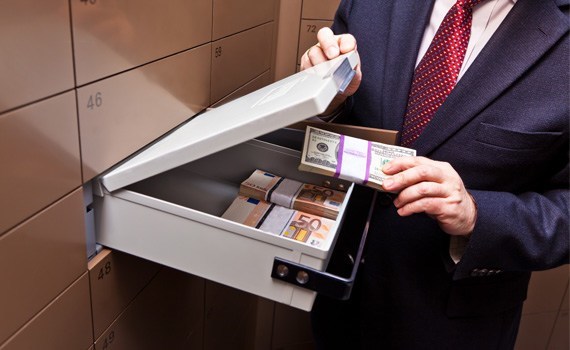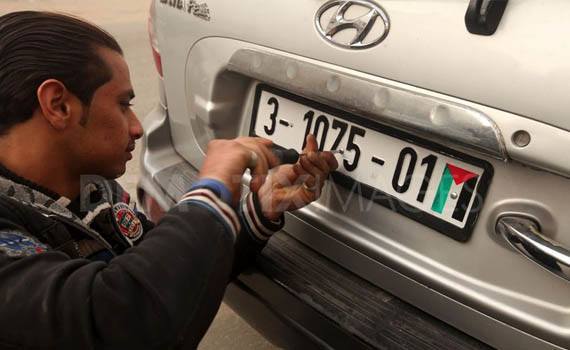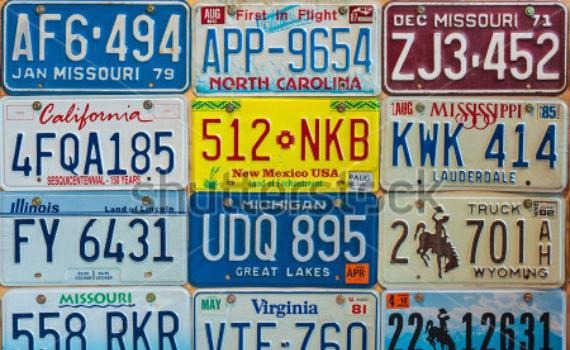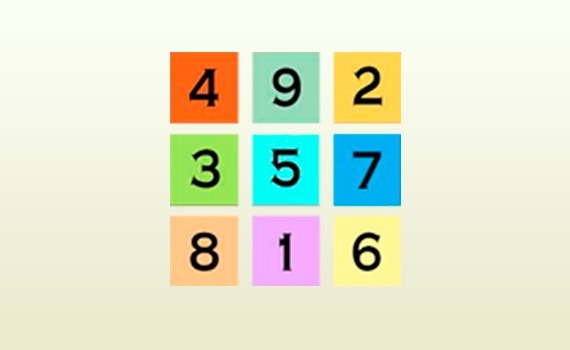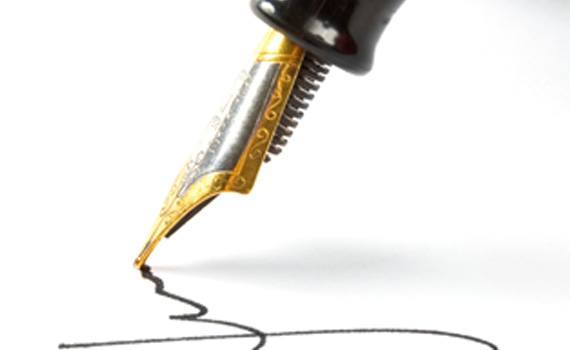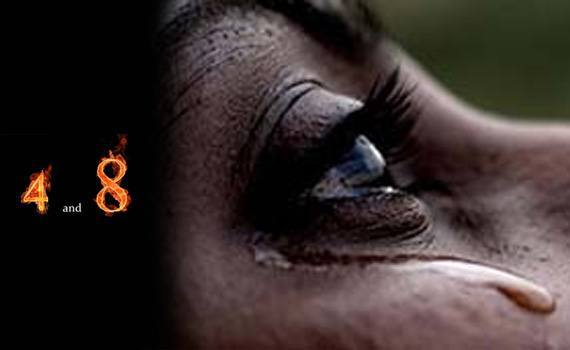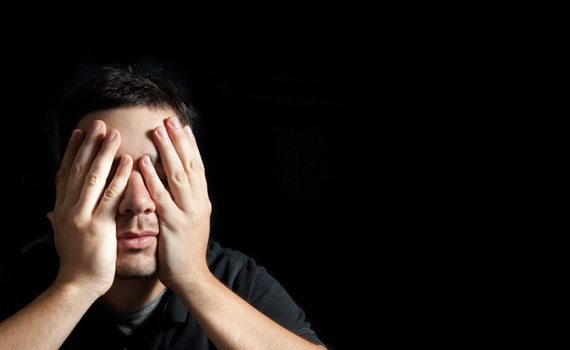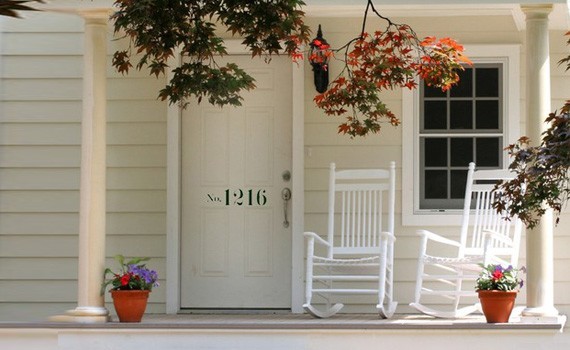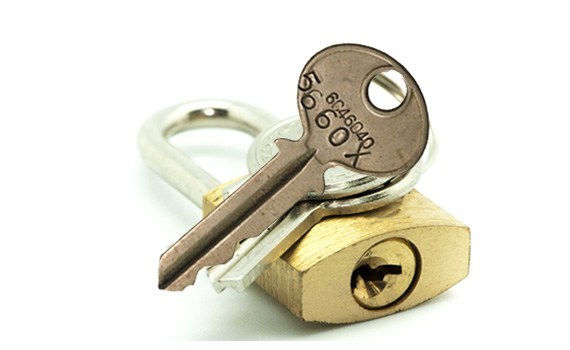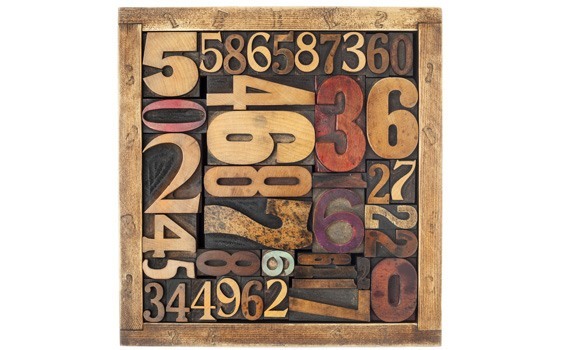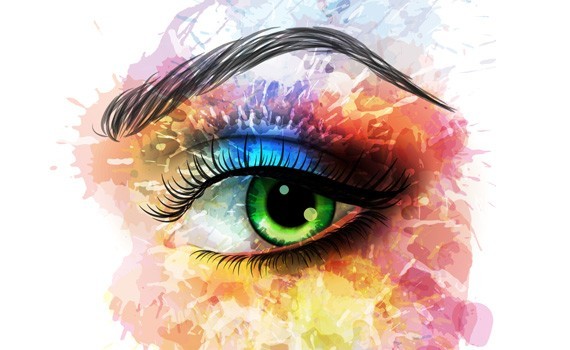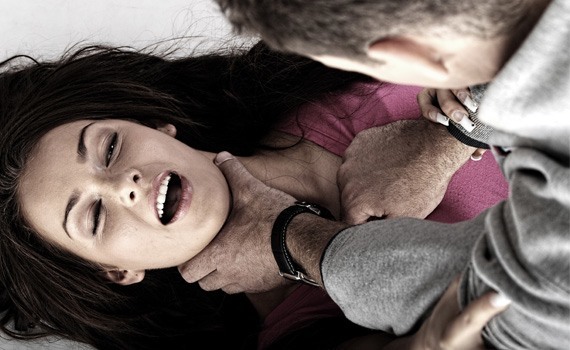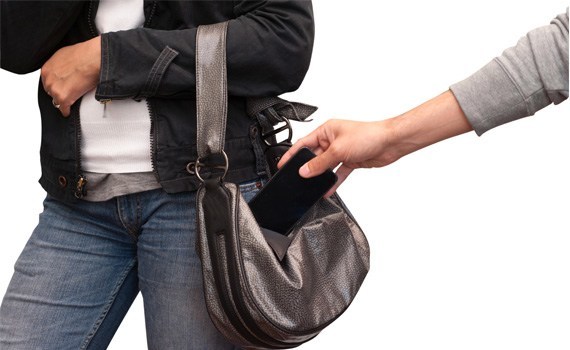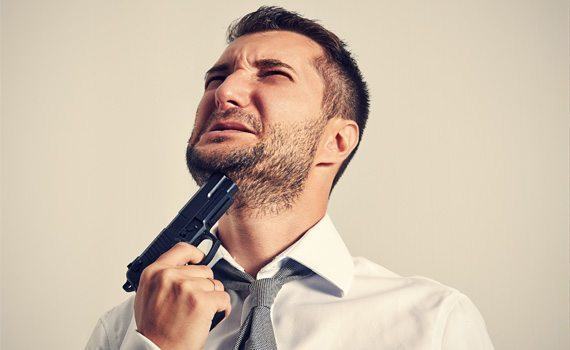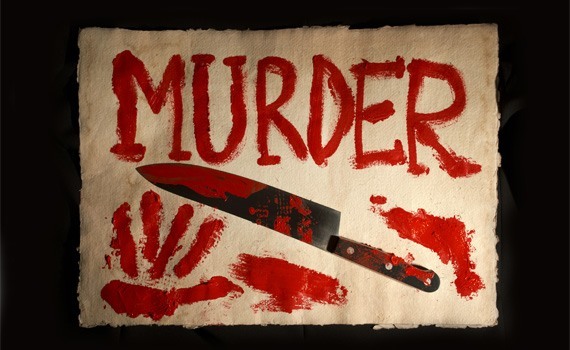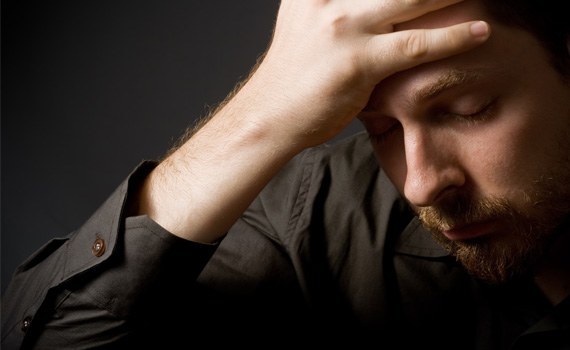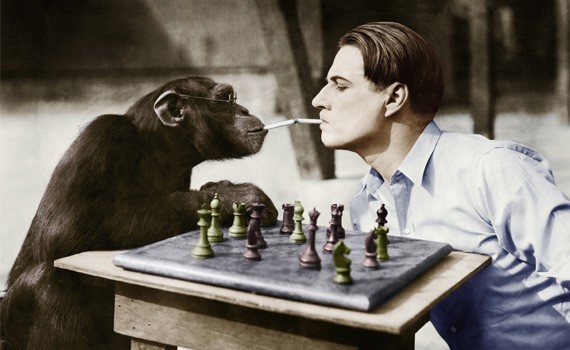Have you ever lost anything such as your wallet, money, or keys? Have you ever misplaced something around your home or office and were at your wit’s end trying to find it? Losing things is not a new problem. The ancients of long ago, through their constant study of the occult sciences, were able to determine where to look for missing objects and things.
The ability to find lost things was another ability demonstrated to the late master Astrologer, Sepharial, by his swami-teacher from the Orient. The swami asked Sepharial to take an object not known to him, to concentrate on the object, then give him the first number that came to mind. From the number that Sepharial gave, the swami was able to describe the object in detail (a postage stamp), and even give its value. Sydney Omarr, today’s famed Astrologer, also adapted this technique in his “thought dial” concept, better known as TD.
How does this correlation between a number and a lost object work? The principal of locating lost objects through numbers starts in the subconscious mind. Here’s how it works. First, both Sepharial and Sydney Omarr say that you should be as relaxed as possible. Once the subject relaxes, have him or her concentrate on the missing object or thing to be located. Next, have them write down the first set of numbers that come to mind.
Sepharial suggests you write down the first 9 numbers that come into your mind. To these 9 numbers, add the number 3, which makes for a total of ten figures. Add all ten numbers together and read the interpretation given for the final number.
Sydney Omarr’s method is even simpler. Omarr suggests that you write only 3 numbers and add them up until you arrive at one single digit.
Let’s take an example using Omarr’s method: Our object is missing wallet. First, relax. Next concentrate on the missing object. Finally, write down the first three numbers that come to mind. In this example, the numbers I selected were 4,1 and 8 =13 (1+3=4). We then read the interpretation given below for the final number of 4.There appears to be much validity to the method.
Finding Lost Objects:
If your total adds up to the single number of 1, it suggests:
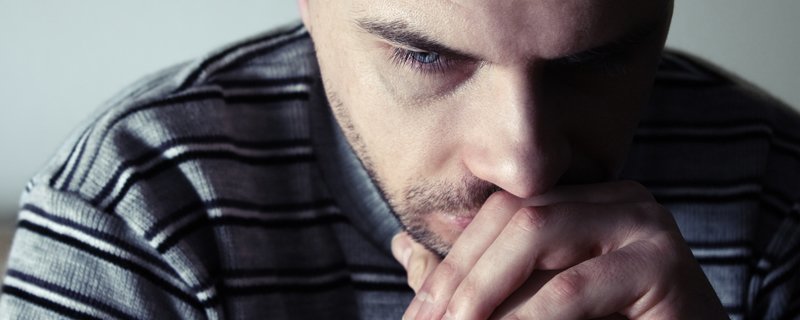
- The object is likely to be found in a southerly direction, particularly in the main part of the house, such as the living room or bedroom.
- The object is likely to be found near white linen or cloth in the main part of the house.
- If you’re still having difficulty locating the object, a young child should be questioned.
If the total adds up to 2, it suggests:
- The object is likely to be found in a southerly direction, particularly near a sink, basin, or bowl.
- The object is likely to be found with someone’s assistance, particularly from a female.
- The object may be near a tank, pool, stretch of water, or near fine linen.
If the total adds up to 3, it suggests:
- The object is likely to be found in a northerly direction, in between papers, books, or documents, or in a passage.
- The object may have been mislaid near your work or office, or near books or papers, but it is safe.
- Look in a box or case that folds in two: or question a young child.

If the total adds up to 4, it suggests:
- The object is in your possession but has been forgotten.
- The object may be found in a northeasterly direction, perhaps on a shelf. It should be quickly recovered.
- Look in a closet where the coats are kept, or near neckwear.
If the total adds up to 5, it suggests:
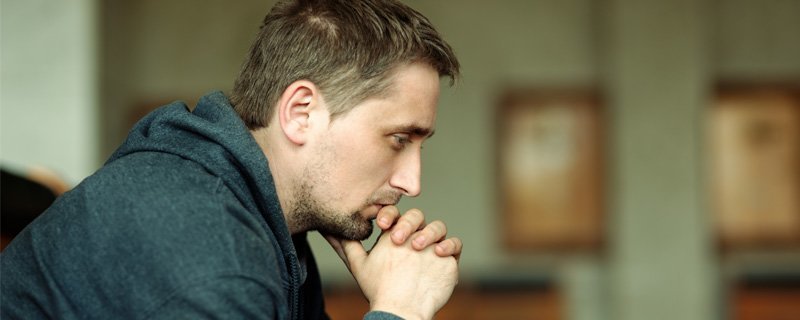
- The object is likely to be found in a westerly direction with little or no effort. Particularly look near or under headgear, such as a hat, fez, or turban.
- Try another part of the house where clothes are kept.
- The object may be on a ledge, or on something oblong. Next, look where the wife’s or husband’s shoes are kept.
If the total adds up to 6, it suggests:
- Although the odds of finding the object are not great, look either in the extreme east or west, wherever shoes, sandals, or boots are kept.
- The object is likely to be in or around a rack, a stand, or a shelf.
- The wife or husband is likely to have an answer. Lastly, look through your personal effects.
If the total adds up to 7, it suggests:
- Chances are the object may not be found. However, search for it in the east. Next, find something white and round – it may be there.
- There may be deception or withholding of information in connection with the missing objects.

If the total adds up to 8, it suggests:
- The object is likely to be found in a northerly direction, particularly a shelf or horizontal ledge. Next, try a cabinet.
- The object may be found where valuables or money are kept.
- Begin at your feet when you start looking – you’ll soon have the object in view.
If the told adds up to 9, it suggests:
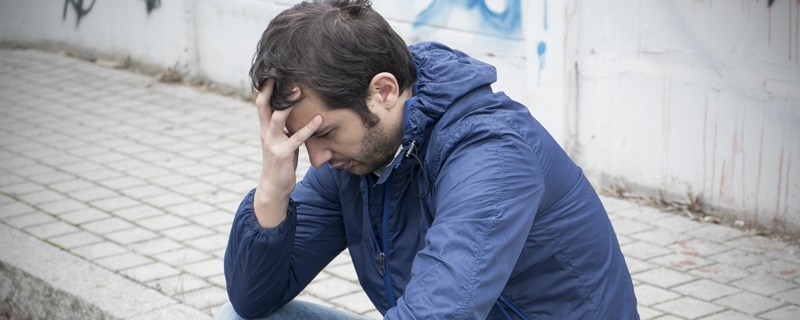
- The object may be found in an easterly direction, particularly among the childrens’ clothing.
- The object is as good as found – put your hand on a shelf or search among clothing.
- The missing object is in the family circle – try the childrens’ room. Next, try looking among old effects or in a dark place or corner.


